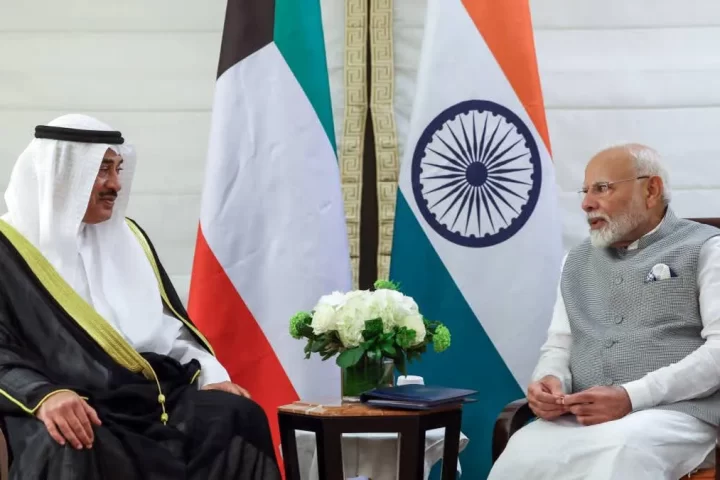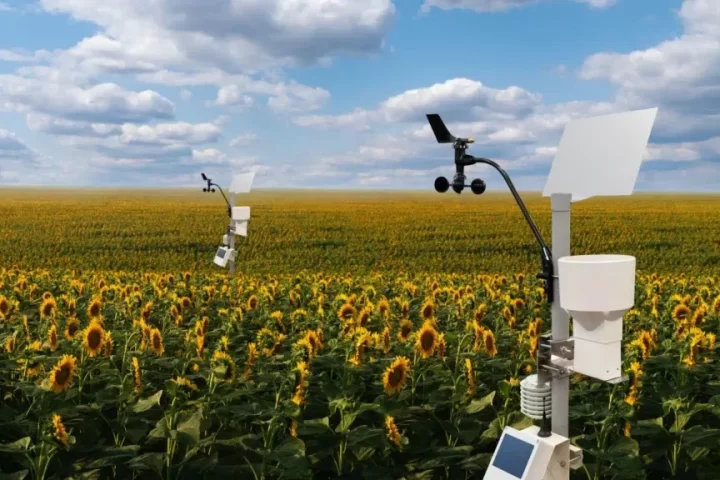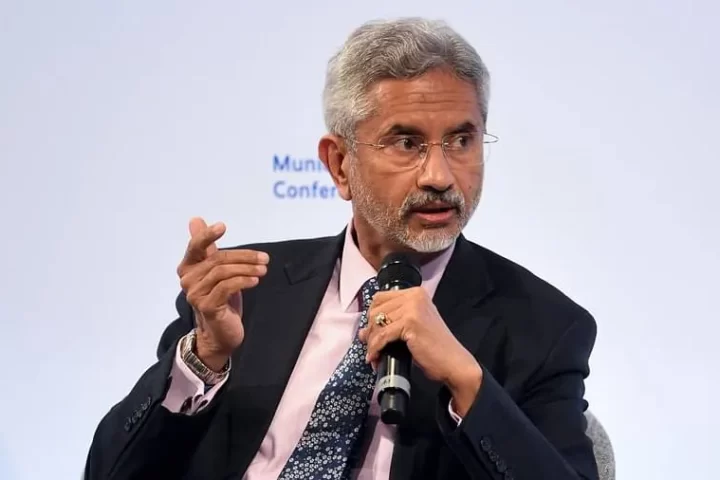After years of simmering tension along the Line of Actual Control (LAC), India and China appear to be charting a cautious path toward stability. The recent 23rd Meeting of the Special Representatives, held in Beijing on December 18, brought both sides back to the negotiating table for the first time since the border standoff in 2020. Led by India’s National Security Advisor Ajit Doval and China’s Foreign Minister Wang Yi, the dialogue reaffirmed a tentative disengagement agreement but left larger questions unresolved.
At the core of the talks lies a fragile hope: Could this détente signal a broader de-escalation? Many experts remain skeptical. “For India, persistence paid off,” said Jabin T. Jacob, a professor at Shiv Nadar University, adding that China sees its role as decisive—choosing when to escalate or pull back. “De-escalation isn’t likely anytime soon,” he noted.
Yet, the meeting underscored opportunities for incremental progress. Discussions included plans to resume the Kailash Mansarovar pilgrimage, enhance trans-border river data sharing, and improve border trade—signaling potential goodwill gestures. Both sides also recognized the importance of managing political ties alongside economic cooperation, which remains robust despite tensions. Bilateral trade exceeded $113 billion in FY23, continuing a decade-long surge that highlights mutual dependence.
Former Indian Ambassador Anil Trigunayat struck a cautious tone: “The border issue remains complex. China may appear serious, but the proof lies in implementation.”
India, however, remains watchful. By reopening economic channels while maintaining border vigilance, New Delhi is testing Beijing’s willingness to meet halfway—a measured approach that reflects both pragmatism and persistence in dealing with its northern neighbor.













